Just a short flight from Shanghai, Hanoi is an increasingly popular destination for regional travelers who want to experience French colonial nostalgia of the past, as well as a touch of modernity.
With a thousand years of history, Hanoi was heavily affected by various cultural influences. But no era has shaped the city stronger than the French colonial era between the 1850s and 1950s. Today, the city is filled with beautiful examples of colonial architecture, trees on every street, and busy cafes and shops spilling onto the sidewalks.
The Architecture
In the beginning of the 20th century, the French attempted to reconstruct Hanoi as the "Little Paris" of Indochina. Thus nowadays it’s not difficult to find heritage buildings in this capital that bear resemblance to French-style architectures.
Several blocks west of Hoan Kiem Lake, the neo-Gothic St. Joseph’s Cathedral was inaugurated in 1886, with the architectural style inspired by Notre Dame de Paris, which is a gathering place for Hanoi’s large Roman Catholic community. You can then take a short walk to the other side of the lake and see Hanoi Opera House – a stately building inspired by Palais Garnier. Completed in 1911, the Opera House is now one of the most important cultural monuments of the city.
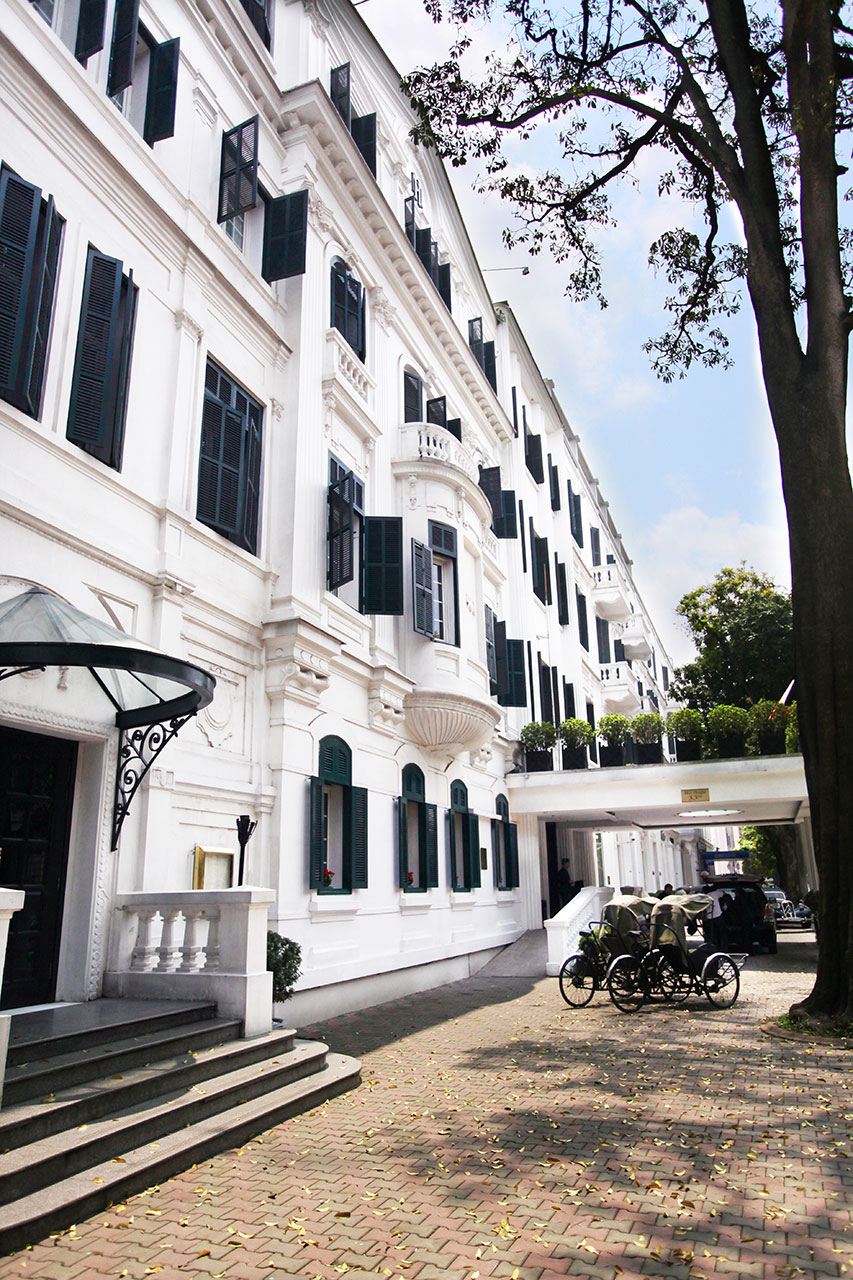
Nearby is the Sofitel Legend Metropole Hanoi, which opened in 1901, one of the most luxurious hotels in Asia and France’s best kept secret in Hanoi. The architecture reflects the rich heritage of the hotel, including the classical white façade, green shutters, original wrought iron detailing, wood panelling and a lush courtyard lawn, in perfect harmony with the signature French art of hospitality and high-end service.
The Transportation
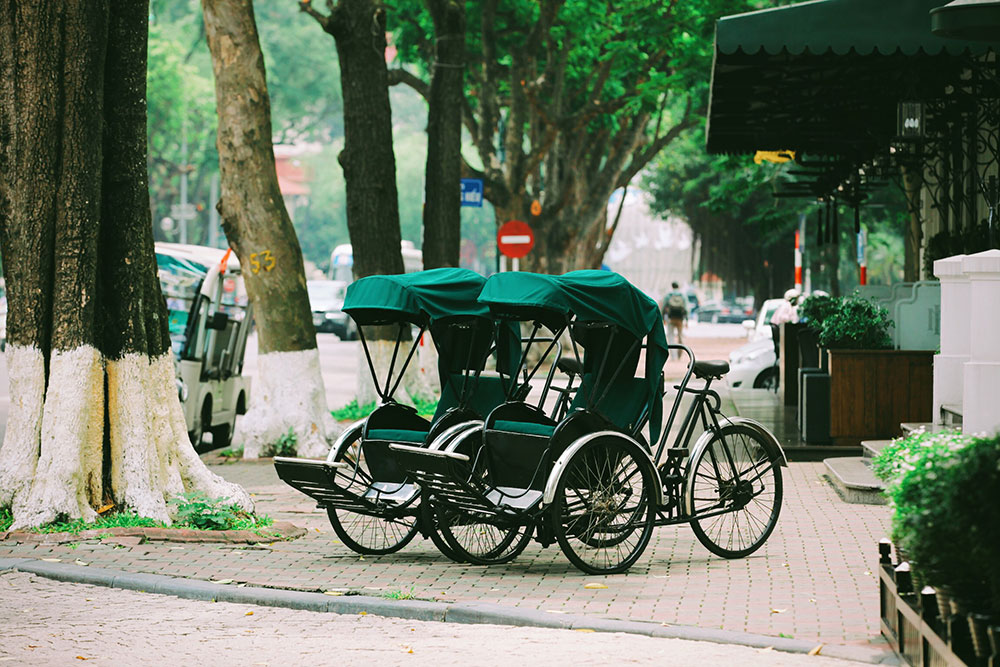
Just like Thailand and the famous tuk tuk, Vietnam, and particularly Hanoi, also has its own trademark vehicle. Xich lo (or cyclo) is a three-wheel bicycle taxi that appeared in Vietnam during the French colonial period after a failed attempt to introduce rickshaws. While it’s a French invention, cyclo is more popular in Indochina and Asia than in its mother country.
Cyclos are an essential part of Vietnam’s history. In modern times, the cyclo is no longer used as transportation but remains a popular attraction for tourists. It really is a pleasant surprise to sit on this quirky vehicle and take on a tour around the bustling Old Quarter. But remember, always negotiate the fare in advance!
The Food
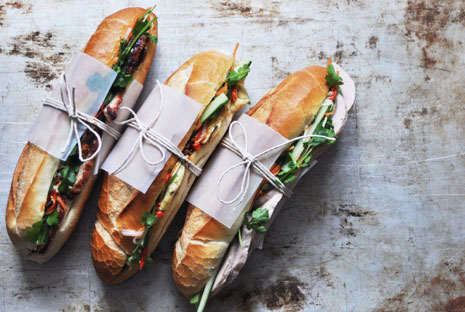
Image courtesy of Trithuctre
Ever since the early 1900s, French cuisine has been a huge part of Vietnamese people’s lives. A lot of ingredients introduced by the French are now frequently used as part of day-by-day cooking. Potatoes, carrots, onions, lettuce and asparagus are just some of the most obvious ones. The enormous French influence on Vietnam's cuisine is seen everywhere, from the slickest restaurants to the sweet-smelling bakeries and street markets.
What’s most fascinating is how the Vietnamese put their own spin on the French baguette and make it both a local favorite and an international sensation. Unlike the baguette, banh mi is made entirely of rice flour so that it is more airy and can be stuffed with local and exotic delights such as roast chicken or pork, homemade pâté, ham, radish, cucumber, cilantro and chilies.
Banh mi is usually served as a delightful breakfast or a mid-day snack and you can find this Vietnamese-French hybrid sandwich in simple stalls at almost every corner in Hanoi and at some small shops such as Bami King, ibanhmi and Bami Bread.
The Cafés

Paris is widely known as a haven for coffee lovers. Cafes can visibly be found in every part of the city, from the grand boulevards to small street corners.
But such sights can also be seen right in the heart of Hanoi! Brought in by the French, coffee has quickly become part of the local culture and a fixture in the local daily life.
Vietnamese coffee has a very strong flavor and a distinctive style. An authentic cup of Vietnamese coffee usually comes with a drip filter (phin) which sits on top of the cup. After ground beans and hot water are added to the filter, the coffee will slowly drip through into the cup. The final product offers a smooth texture, dark color and bitter taste. You can try to add sweetened condensed milk for a perfect counterbalance. Hanoi is particularly famous for its “egg coffee” – a unique variation that is often deemed the Vietnamese cappuccino.
Coffee shops in Hanoi come in different shapes and sizes, whether it is a cozy little place along the street or a glamorous indoor coffee house. If you’re looking for a truly Parisian experience, make sure to pay a visit to La Terrasse at the Hotel Metropole Hanoi. Inspired by the famous Café de Floe in Paris, this chic sidewalk cafe gives you the chance to enjoy a nice cup of coffee while observing the capital city’s bustling life – bringing a sweet ad aromatic end to your journey to the little Paris of Asia.





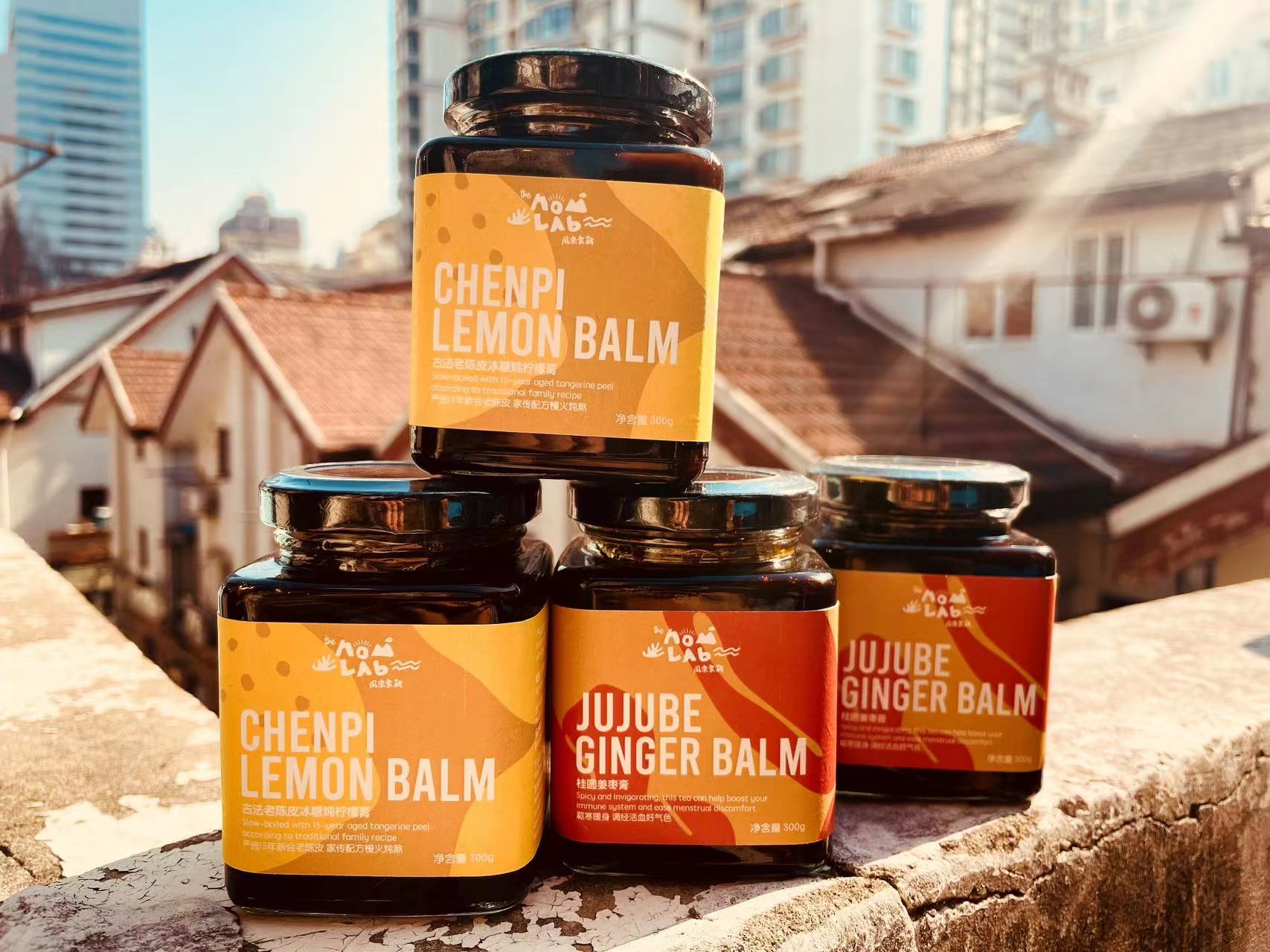

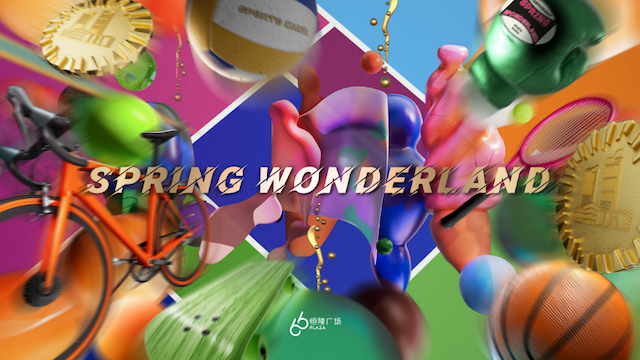














0 User Comments